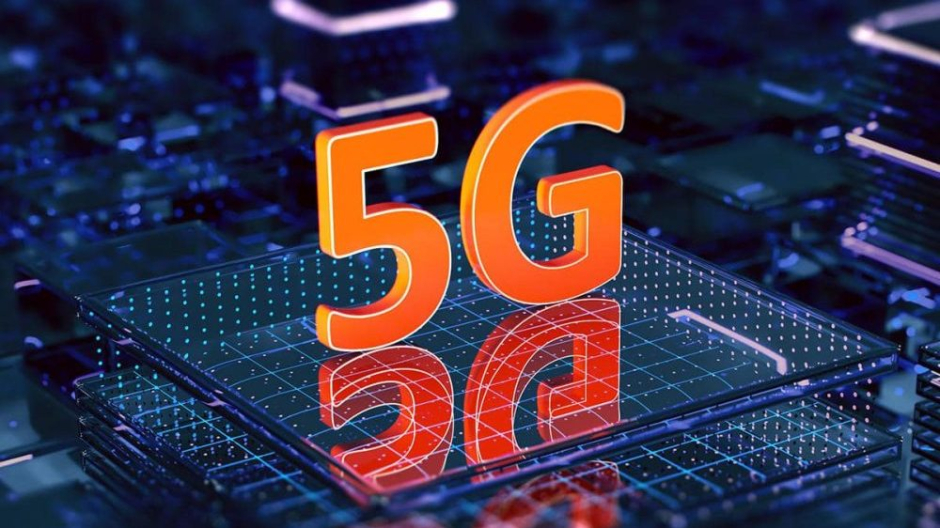The launching of 5G in Pakistan has been delayed due to political change in the country and is expected now to be rolled out in June 2023. The PTI government had given a deadline of December 2022 for the launch of 5G technology. Later on, however, this deadline was revised to March 2023. Now that the government was changed due to a “Motion Of No Confidence”, the management has been changed, and that caused hindrance in the progression of the 5G technology network. The new IT Minister of IT and Telecommunication Syed Amin Ul Haque addressed an event here on Thursday held by Zong4G to demonstrate the network’s excellence during recent times and to honor those who made significant contributions towards fulfilling this agenda.
While talking to the media during the event, IT Minister of IT and Telecommunication Syed Amin Ul Haque that the government had planned to launch 5G Technology in Pakistan in March 2023.
However, it had been delayed by around three months due to political change in Pakistan. Now, the launch will take place in June 2023. Minister said that the IT ministry has been holding meetings to get ready for the launching of 5G technology in Pakistan.
While talking about readiness, he said that the government was focusing to enhance the penetration of 4G technology in the country. He claimed that 4G penetration was increasing every month. Regarding infrastructure for launching 5G in Pakistan, he said that they were building a network of fiber cables across Pakistan.
He said that government would select four megacities in Pakistan to launch 5G technology. He also said that the government had removed the hurdles of local mobile phone manufacturers regarding opening LCs. He further added that the telecom companies were facing the big issue of withholding tax. I have taken up the matter with the finance ministry and Prime Minister to address the issue, Minister added.
In this time of crisis, he praised the network’s exceptional quality. He stated the following at the event: “Zong has demonstrated remarkable resiliency and determination in the face of adversity, exemplifying exceptional leadership in network restoration in flood-affected areas. The technical staff has performed outstanding work that deserves praise.”
Mr. Wang Hua, CEO of Zong, stated at the event, “I am extremely proud of our technical employees who worked day and night to restore network service in areas that were completely submerged in flood water and where infrastructure was damaged.” In three weeks, our teams were able to recover 99 percent of the CMPak network, a commendable feat.
Previouly, a big hurdle that was faced by the adoption of 5G network was the Three out of four Mobile Network Operators (MNOs) in Pakistan have annual spectrum expenditures that exceed 10% of their earnings, posing a danger to the country’s 5G growth.
The high cost of the spectrum may compromise operators’ capacity to invest in and sustain affordable services, resulting in delayed MBB network development and more expensive, lower-quality MBB services. It will stifle long-term social and economic digital progress.
The papers urged that the government take steps to make spectrum more affordable to operators. Many governments throughout the world adopt mechanisms such as yearly payment and delayed payment, among other things, to ease the financial burden of operators, particularly in the early years of network roll-out.
A 5% increase in spectrum costs is unlikely to deter investment in mobile broadband and 5G. There is also evidence that a lower proportion will produce better results for 5G adoption.
The yearly cost of spectrum in many well-developed 4G regions is 5-9 percent of mobile revenue. This suggests that spending less than 10% of the yearly budget may not have a major negative impact on network rollout.
When the cost of spectrum equals 10% of mobile revenue, operators may have budget restrictions, implying that investment in mobile broadband and 5G would be slower than it would otherwise be. Spectrum costs that exceed 10% of revenue pose a threat to the development of 5G.
Read More:












